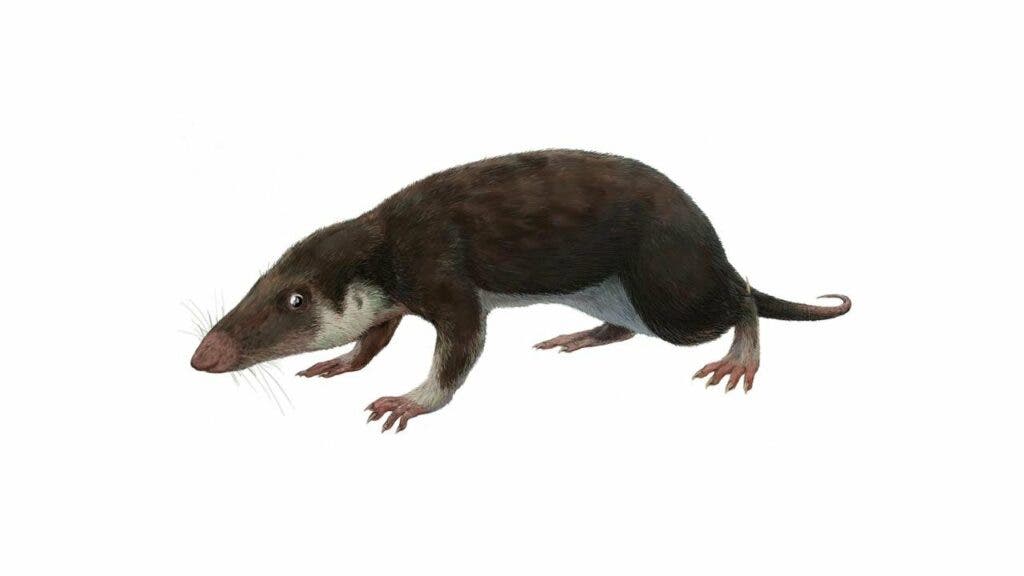
The world of mammals is a rich and diverse place, with over 4,800 living species known to science. But although they can look very different, all mammals, be they blue whales, dolphins, koalas or humans, can trace their origin to a single, common ancestral group. Now, scientists at the University of California Davis have used molecular tools to reconstruct the genome of what some biologists think is the very first mammal, a furry critter that cowered at the feet of dinosaurs more than 210 million years ago.
“Our results have important implications for understanding the evolution of mammals and for conservation efforts,” said Harris Lewin, a professor of evolution and ecology at the University of California, Davis, and senior author of the new study.
The earliest known mammals were the morganucodontids, tiny shrew-sized creatures whose fossils were first discovered in 1949 in ancient limestone crevice fillings in Wales. All living mammals, including us, are thought to descend from this lineage. For more than 140 million years, these early mammals were destitute, never growing larger than the size of a cat, as all the nutrient-rich ecological niches were dominated by dinosaurs. But their humbleness may have been for the best.
After a massive asteroid impacted Earth off the coast of Mexico about 66 million years ago, all non-avian dinosaurs were wiped out and the nimble mammals flowed out of the gutters to inherit the Earth. Within the span of just a few million years, the fossil record shows a boom in mammalian diversity, a vast panorama of fur, hooves, and even fangs.
Scientists are deeply interested in untangling mammalian evolution, and it’s often useful to start with the source. But how do you sequence the genome of a creature whose DNA has long been destroyed? You use living things to fill in the blanks.
The researchers analyzed the genomes of 32 living species belonging to 23 of the 26 known orders of mammals. These include humans, rhinos, bats, pangolins, and even domestic cattle. The genomes of the chicken and Chinese alligator were also analyzed for comparison.
Using computational biology tools on the data they gathered, the researchers reconstructed the genome of a mammalian ancestor that likely had 19 autosomal chromosomes (distinct from sex chromosomes that determine a creature’s sex), along with two sex chromosomes just like humans (females have two copies of the X chromosome, while males have one X and one Y chromosome).
Across all the 32 genomes they analyzed, the researchers found 1,215 blocks of genes that appear consistently on the same chromosome in the same order. These genes are critical to the development of a healthy embryo.
Additionally, the researchers found 9 whole chromosomes and chromosome fragments in the mammal ancestor whose order of genes was the same as that found in living birds’ chromosomes.
“This remarkable finding shows the evolutionary stability of the order and orientation of genes on chromosomes over an extended evolutionary timeframe of more than 320 million years,” Lewin said.
Ancestral genome reconstructions allow scientists to gain a better grasp of evolution and the forces that shape it. By following the ancestral chromosomes they built, the researchers found that the rate of chromosome rearrangement differed widely between different mammalian orders. For instance, ruminants, which include living mammals like cattle, sheep, and deer, saw an acceleration in rearrangement 66 million years ago, after the dinosaurs went extinct.
The findings appeared in the Proceedings of the National Academy of Sciences.









